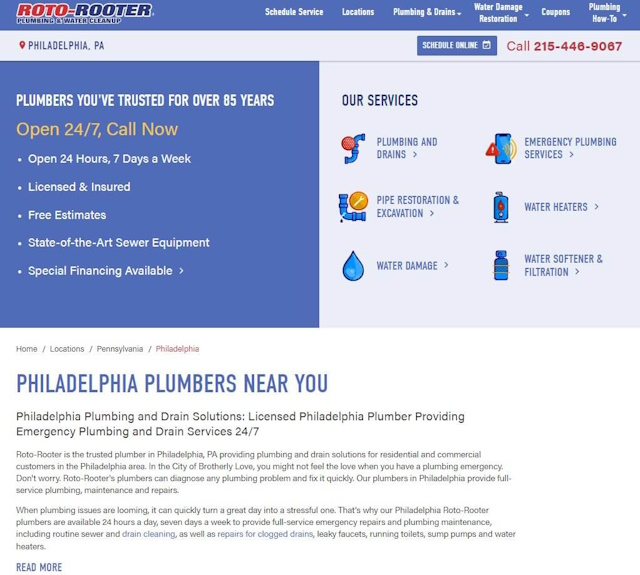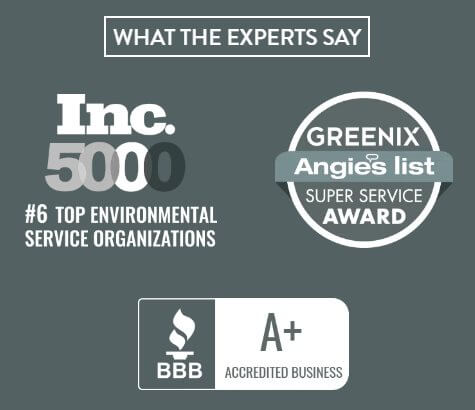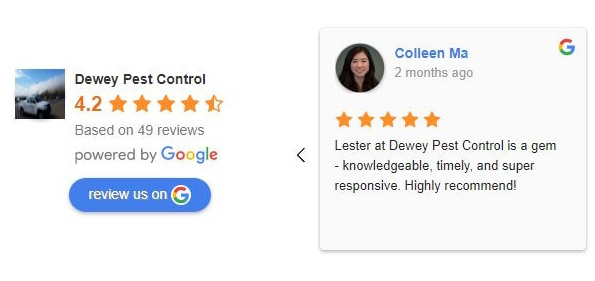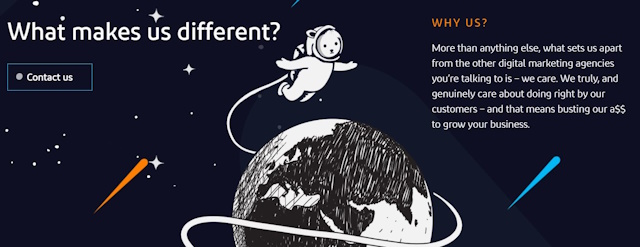Implementing effective strategies for location pages is critical to converting visitors into customers. A well-designed location page should be easy to navigate, visually appealing, and optimized for Google. It should also give visitors all the information they need to decide whether to choose the business for a given service or product.
Let’s explore some tips and tricks for creating effective location pages that convert visitors into customers the RicketyRoo way.
Understanding Location Pages
Location pages are designed to provide information about a business’s location, hours of operation, and contact information. They also include details about the business’s products or services, customer reviews, and other relevant information to show why they should be trusted over the competition. Effective location pages are optimized for local search engine rankings and provide a clear and concise message to potential customers.
The Role of Location Pages
Location pages are essential for businesses that want to improve visibility in local search results. Companies improve their chances of ranking locally by optimizing location pages for specific keywords and providing relevant information about products or services.
Location pages target specific keywords related to a business’s products or services. By optimizing location pages for particular keywords, businesses increase the chances of appearing in local searches. This ensures they’re top of mind when potential customers need their services. They may only be found locally with a location page that ranks well.
Conversion Tips for Location Pages
There are several conversion tips businesses can use to make their location pages more effective.
Optimize for Search Engines and People

To optimize location pages for better conversions, it is vital to understand the target audience and their specific needs. The location page should be designed to provide all the information the potential customer might need, such as business hours, address, phone number, and directions. This is the most critical part of creating content that resonates with a potential customer.
Incorporating quality, unique content on location-specific pages is crucial to avoid creating what is known as a “doorway” page. Doorway pages are low-quality web pages optimized for specific keywords or phrases but offer little value to users and primarily serve to funnel traffic to other parts of a website. Search engines like Google frown upon this practice and may penalize your site for it.
Build an Effective Local Landing Page Structure
Effective landing page structure should have a clear and concise headline. The page should also have a compelling hero image or video capturing visitors’ attention. Local landing pages should be easy to navigate, with a clear CTA that stands out and is placed in a prominent location. It is also essential to include social proof, such as customer reviews, to build trust with visitors.
Craft Clear Calls to Action

One of the most important elements of any location page is the call to action (CTA). This is the specific action you want visitors to take when they land on your page, such as making a purchase, filling out a contact form, or calling your business. Make your CTAs more effective, clear, and prominent on the page. Use bold text, contrasting colors, and other visual cues to draw attention to the CTA. Always ensure the CTA is relevant to the visitor’s needs and interests.
Enhance User Experience
It is important to focus on user experience, ensuring the page is easy to navigate. The page should be optimized for mobile, as potential customers will be accessing the site from smartphones. Including relevant keywords in the page title, meta description, and content is also important to improve search engine visibility.
Offer a Unique Value Proposition

Location pages should be designed with a clear and compelling value proposition that communicates why the business is the best choice for the visitor. A unique value proposition (UVP) is a clear statement that describes the benefit of your offering, how you solve your customer’s needs, and what distinguishes you from the competition. It’s not just a catchy tagline but a concise articulation of your business’s core advantage.
While anyone with access to AI can generate content about “Expert Plumbers in Philadelphia,” a UVP goes beyond mere words. It’s the backbone of your brand, substantiated by tangible elements like years in business, certifications, awards, and proprietary methods or tools. These are proof points that validate your claims and set you apart in a crowded marketplace.
Include Local Reviews and Testimonials

Another effective way to boost conversions on your location page is to include local reviews and testimonials from satisfied customers. These reviews build trust with potential customers and provide social proof that your business is worth using.
To make the most of local reviews and testimonials, consider including them prominently on the page, using quotes or excerpts to highlight key points. Consider using a rating system or star rating to provide an at-a-glance summary of your business’s overall reputation. Respond promptly and professionally to any negative reviews or comments to show that you take customer feedback seriously and provide an excellent experience for everyone who visits your location.
Read More: Local Landing Page Checklist
Monitoring and Improving Location Pages
The only way to improve your location page performance is to use data to help make the best decisions for how to tweak your pages. If you’re not measuring performance, how will you know if your hard work has paid off?
Analytics and Metrics
One of the most crucial aspects of monitoring and improving location pages is tracking relevant analytics and metrics. By doing so, businesses gain valuable insights into their location pages’ performance, identify areas for improvement, and make data-driven decisions.
Some of the key metrics to track include:
- Conversion Rate: The conversion rate measures the percentage of visitors who take a desired action on a location page, such as filling out a form or purchasing. Tracking conversion rates can help businesses identify which pages are effective at driving conversions and which need further optimization.
- Page Views: This metric measures the number of times a location page has been viewed by visitors. Tracking page views can help businesses identify the most popular pages needing more attention.
- Time on Page: This metric measures how long visitors spend on a location page. Tracking time on a page helps businesses identify which pages are engaging and which ones need improvement.
- Bounce Rate: The bounce rate is the percentage of visitors who leave a location page after viewing only it. A high bounce rate indicates page content, design, or user experience issues.
By tracking these metrics and others, we better understand how location pages are performing and make data-driven decisions to improve them. GA4, or your analytics tracking of choice, is a great way to stay on top of the above metrics and ensure you’re monitoring performance.
Learn how we use Looker Studio (formerly Google Data Studio) here!
Continuous Improvement
Monitoring and tracking metrics is only the first step in improving location pages. To optimize location pages, businesses must continuously test and refine their pages to ensure they provide the best possible user experience.
Some strategies for continuous improvement include:
- A/B Testing: This involves creating different versions of a specific part of your page and testing them against one another to see which changes perform better. This helps businesses identify which design, content, or user experience elements are most effective at driving conversions.
- User Feedback: Collecting feedback from users can provide valuable insights into how they interact with location pages and what improvements could be made. This can be done through heat maps and feedback forms.
- Regular Updates: Regularly updating location pages with fresh content, new images, and other updates can help keep them engaging and relevant. Businesses should ensure that location pages are optimized for any changes in keywords where user intent has shifted.
By continuously testing, refining, and updating their location pages, businesses can ensure that they are providing the best possible user experience to improve conversion rates.
Your Path to Better Conversion Starts Now
Everything we do at RicketyRoo focuses on converting local customers for our clients. Location pages are important for clients looking to improve their local presence. By following the RicketyRoo way, you can create effective location pages that help convert visitors into customers for your clients, too.



